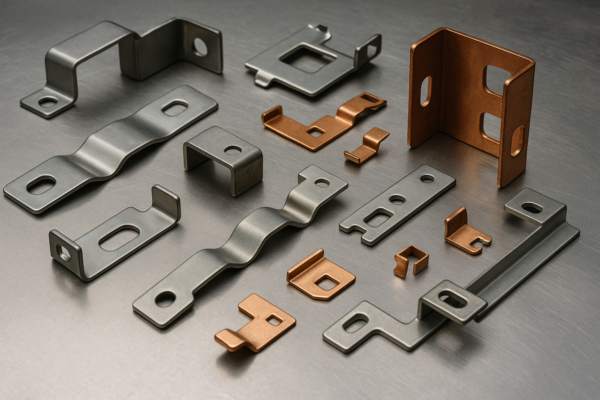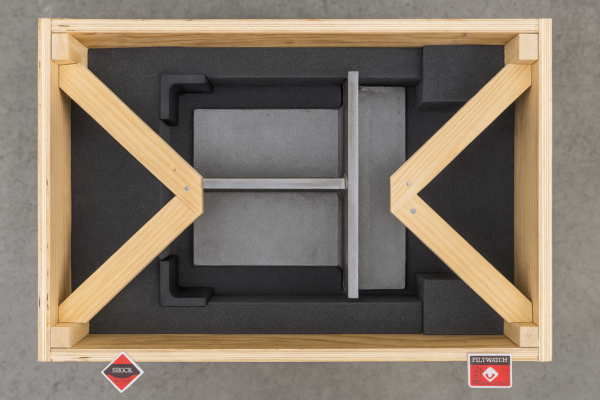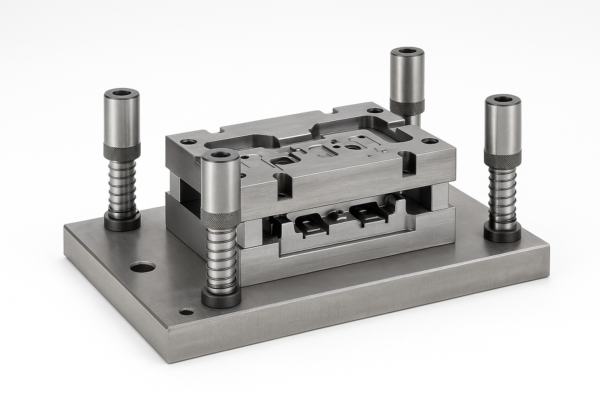What form of fasteners is the most commonly used?
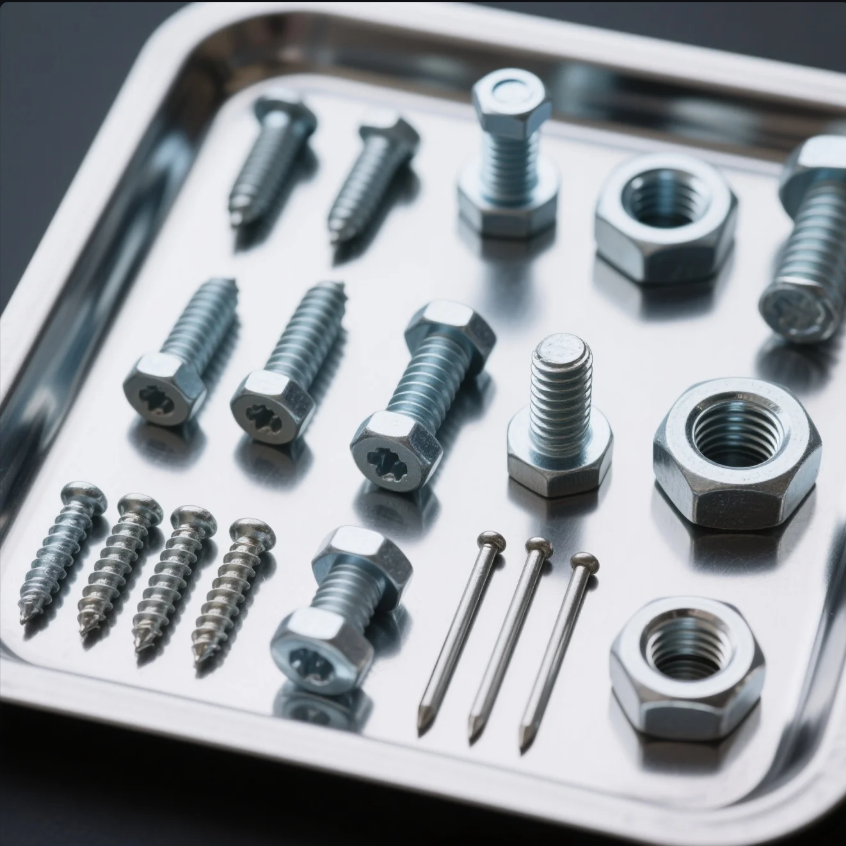
Fasteners are essential in various industries, holding materials together securely. From screws to nails, understanding which fastener is the most commonly used can help streamline your manufacturing processes and ensure quality.
Fasteners such as screws, bolts, and nails are widely used in various industries. Below, we will explore which fastener types are the most common and why they are preferred.
By diving into the different fasteners used across industries, we will discuss their advantages and applications, so you can make the best decision for your needs. Continue reading for more insights on fasteners.
What is the most common type of fastener?
Screws are considered the most common fasteners used in various applications worldwide. They are versatile, easy to use, and come in various shapes and sizes, making them suitable for many different materials and projects.
Snippet paragraph: Screws are the most widely used fasteners due to their versatility, strength, and availability in many different forms. They are used in woodworking, construction, automotive, and more.
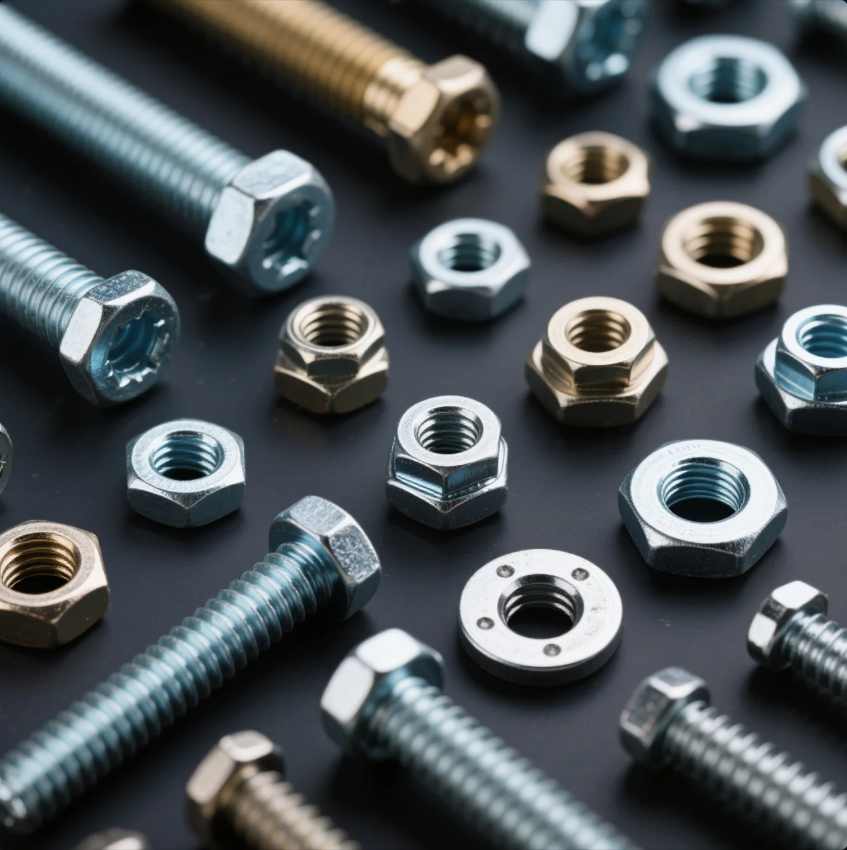
Dive-Deeper on Screws
Screws are used in a wide range of applications, from home construction to industrial machinery. Here are some key reasons why screws are so commonly used:
-
Versatility: Screws come in many sizes, lengths, and materials, making them suitable for almost any task, from light wood assembly to heavy-duty machinery.
-
Reliability: Screws provide a strong and reliable hold, which is crucial in construction, automotive, and manufacturing industries where safety and durability are paramount.
-
Ease of Use: Unlike other fasteners like nails or rivets, screws can be easily removed and reused. This feature makes them highly favored for projects that require frequent disassembly or adjustments.
-
Holding Power: The threads on screws provide excellent grip and tension, holding materials together firmly even under pressure.
Screws are a go-to solution for various applications due to their strength, versatility, and ease of use, which is why they are the most commonly used fastener.
What is the most used fastening?
The most widely used fastening method depends on the application, but generally, screws and bolts are the go-to solutions for many industries. Screws provide a reliable and secure hold, while bolts are often used for heavy-duty applications that require more strength.
Snippet paragraph: Screws and bolts are the most commonly used fastenings. Screws are versatile for lighter applications, while bolts are preferred for heavy-duty tasks.
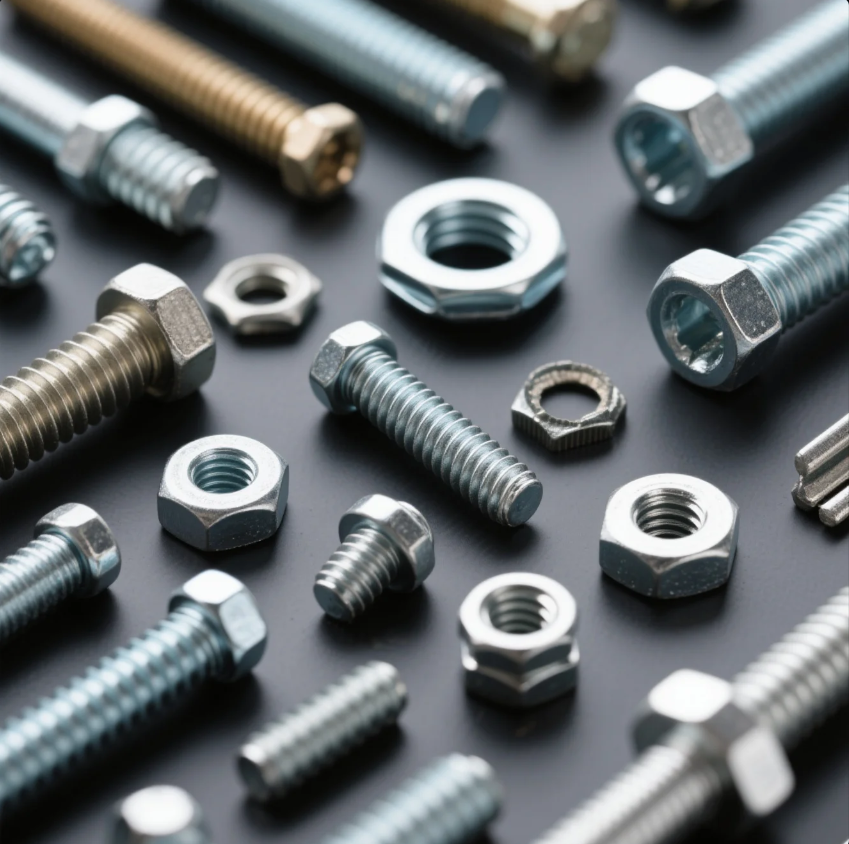
Dive-Deeper on Fastening Methods
There are various fastening methods depending on the application and materials involved. Let’s break down the most used fastening methods:
-
Screws: As mentioned earlier, screws are a preferred choice for their versatility and holding power. They are used in woodworking, metalworking, and construction projects.
-
Bolts: Bolts are essential for more demanding applications, such as machinery assembly, automotive repairs, and construction. They can withstand higher levels of stress and provide a more permanent hold.
-
Nails: Nails are often used in wood construction and other light-duty applications. While they are easy to use and quick to install, they are less reliable than screws when it comes to holding power.
-
Rivets: Rivets are used in industries where a permanent, strong connection is needed. Common in metalworking and construction, they are essential for situations that require secure, unmovable joins.
-
Clips and Retaining Rings: These fasteners are ideal for temporary holds or when flexibility is required. They are widely used in the automotive and electronics industries.
Choosing the correct fastening method depends on the application, material, and required strength. For most general applications, screws and bolts remain the top choices.
What is the most common type of fasteners used on wood?
When it comes to woodworking, screws and nails are the most commonly used fasteners. While both have their advantages, screws are typically favored for tasks requiring strength, precision, and durability.
Snippet paragraph: Screws and nails are the most commonly used fasteners for wood. Screws are preferred for durability, while nails are used for quick, simple tasks.
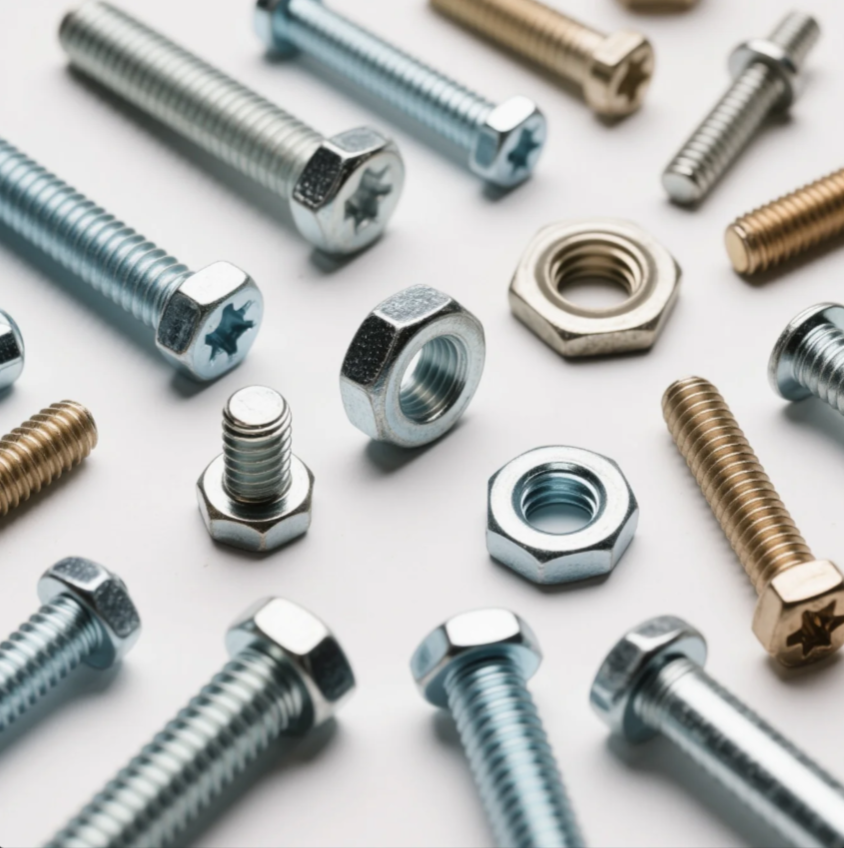
Dive-Deeper on Fasteners for Wood
Woodworking requires specific fasteners that are compatible with the material. Let’s look at the two most common fasteners used for wood:
-
Wood Screws: These screws are specifically designed for use in wood. Their threads provide a tight grip, making them ideal for holding parts together permanently. Wood screws are available in various sizes, so they can be used in both light and heavy-duty woodworking projects.
-
Nails: Nails are often used in woodworking for simple and quick fastening. They are particularly useful for framing and rough construction. However, nails don’t provide the same strength or holding power as screws, so they are typically used for tasks where durability is not the primary concern.
-
Wooden Dowels: Dowels are used to join two pieces of wood together without relying on screws or nails. They provide a strong connection and are often used in cabinetry and furniture making.
-
Wood Rivets: For certain woodworking applications where a more permanent solution is needed, wood rivets can be used. They are typically used for heavy-duty applications like joining larger wooden beams.
Wood screws are typically the best choice for ensuring strong, lasting connections in woodworking projects, though nails remain a go-to option for quick fixes and light-duty tasks.
Which are the most commonly used fasteners in the cabinet industry?
In the cabinet industry, screws and hinges are among the most commonly used fasteners. These fasteners provide secure connections and ensure that cabinet doors and components function correctly.
Snippet paragraph: In the cabinet industry, screws and hinges are the most widely used fasteners. They provide secure, long-lasting connections that ensure functionality and durability.
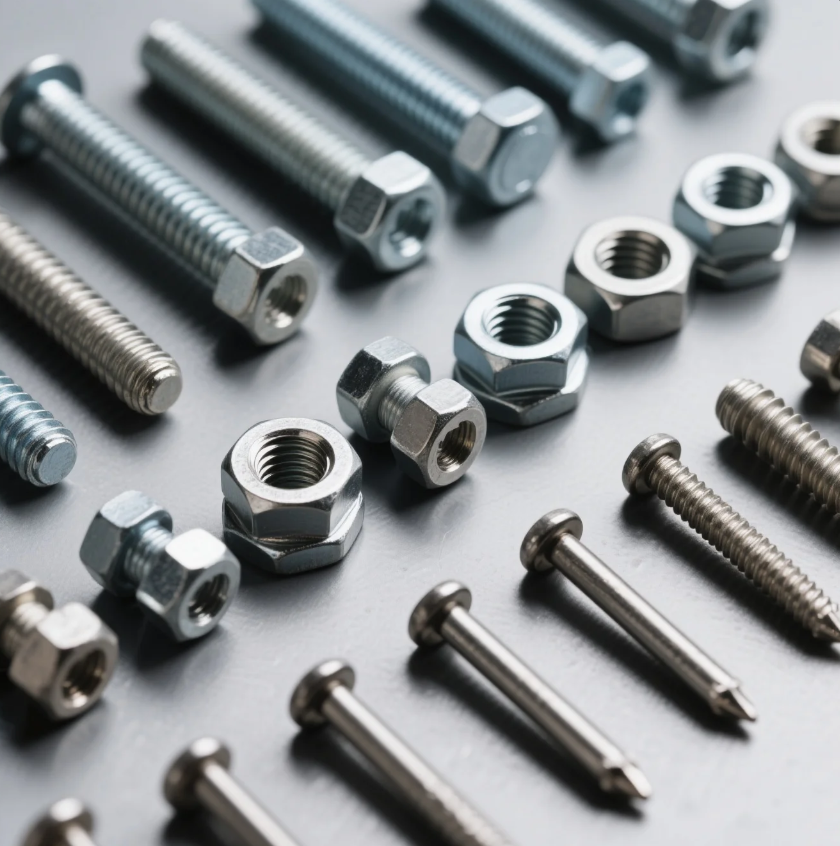
Dive-Deeper on Cabinet Industry Fasteners
Fasteners play a crucial role in the assembly and functionality of cabinets. Here’s a deeper look at the most commonly used fasteners in the industry:
-
Screws: Cabinet construction relies heavily on screws for securing the cabinet structure and attaching components such as shelves, doors, and drawers. Screws provide a strong hold and are available in various sizes to suit different materials and purposes.
-
Hinges: Hinges are essential for attaching cabinet doors. The type of hinge used varies depending on the style and design of the cabinet, such as concealed hinges, European-style hinges, or surface-mounted hinges. Hinges must be durable and reliable to withstand daily use.
-
Drawer Slides: These fasteners are used to ensure that drawers open and close smoothly. Drawer slides are typically mounted on the sides or bottom of the drawer and are available in different weight capacities and mechanisms.
-
Cam Lock Fasteners: Often used for flat-pack furniture, cam lock fasteners help secure the joints of cabinets, particularly in modular systems. They provide a strong and secure connection without the need for visible screws.
-
Nails and Staples: While screws are often preferred for structural integrity, nails and staples are used for quicker assembly in less visible parts of cabinets. They are commonly used in cabinet backs and the internal framework.
Screws and hinges are essential in ensuring the durability and functionality of cabinets, making them the most commonly used fasteners in this industry.
Conclusion
Screws, bolts, and nails are the most commonly used fasteners, with each being suited for different applications. Screws stand out due to their versatility and reliability, making them a popular choice across various industries.


